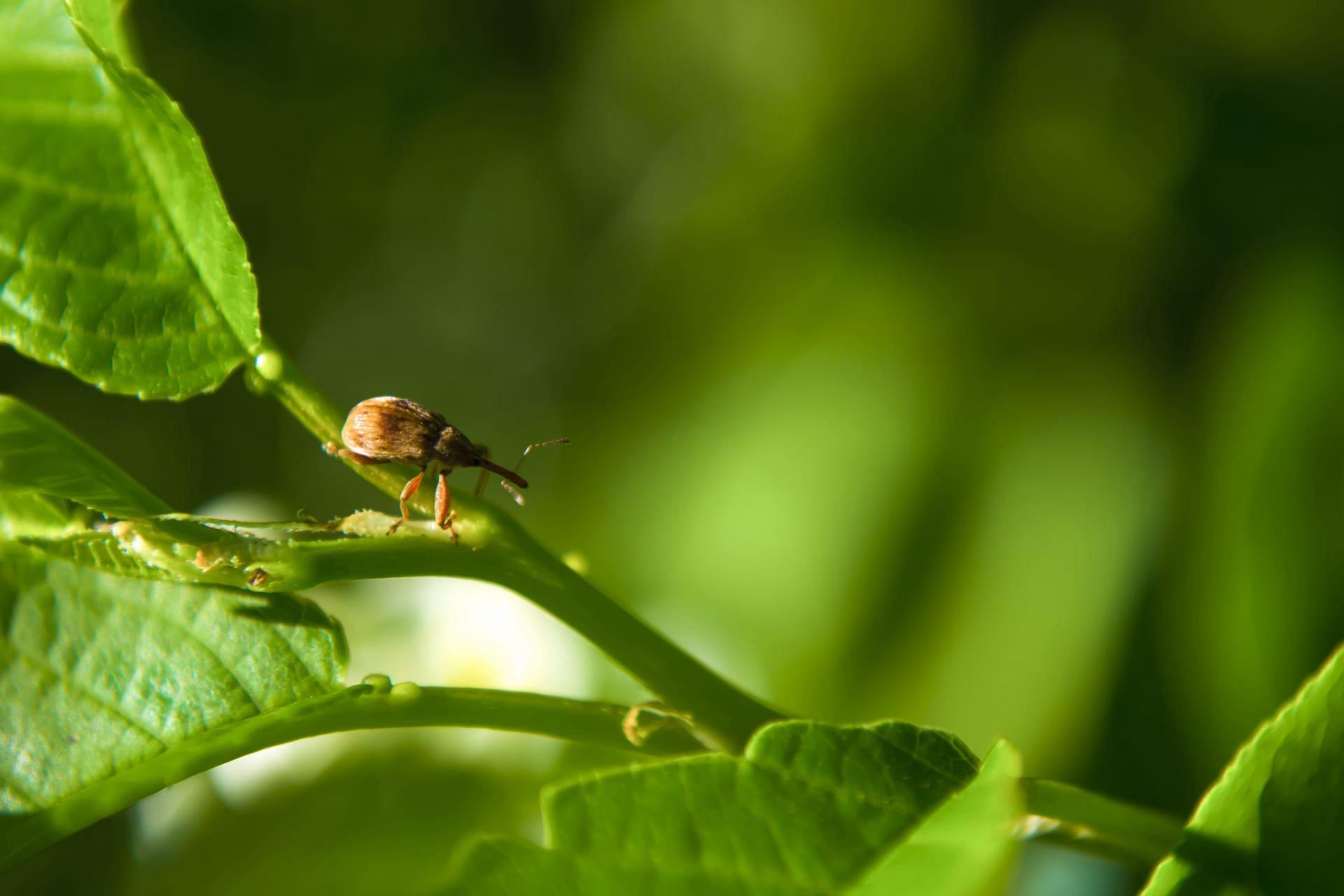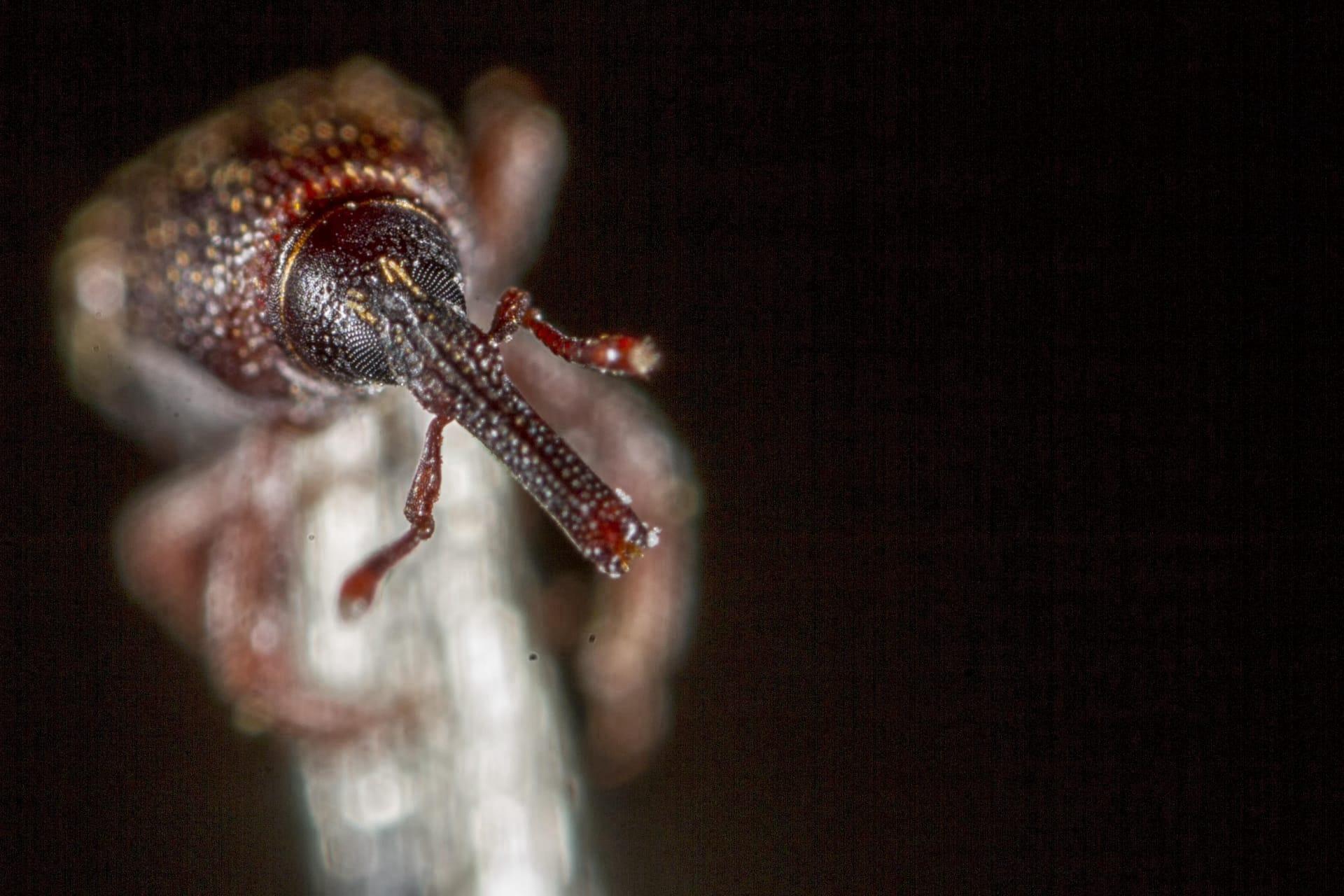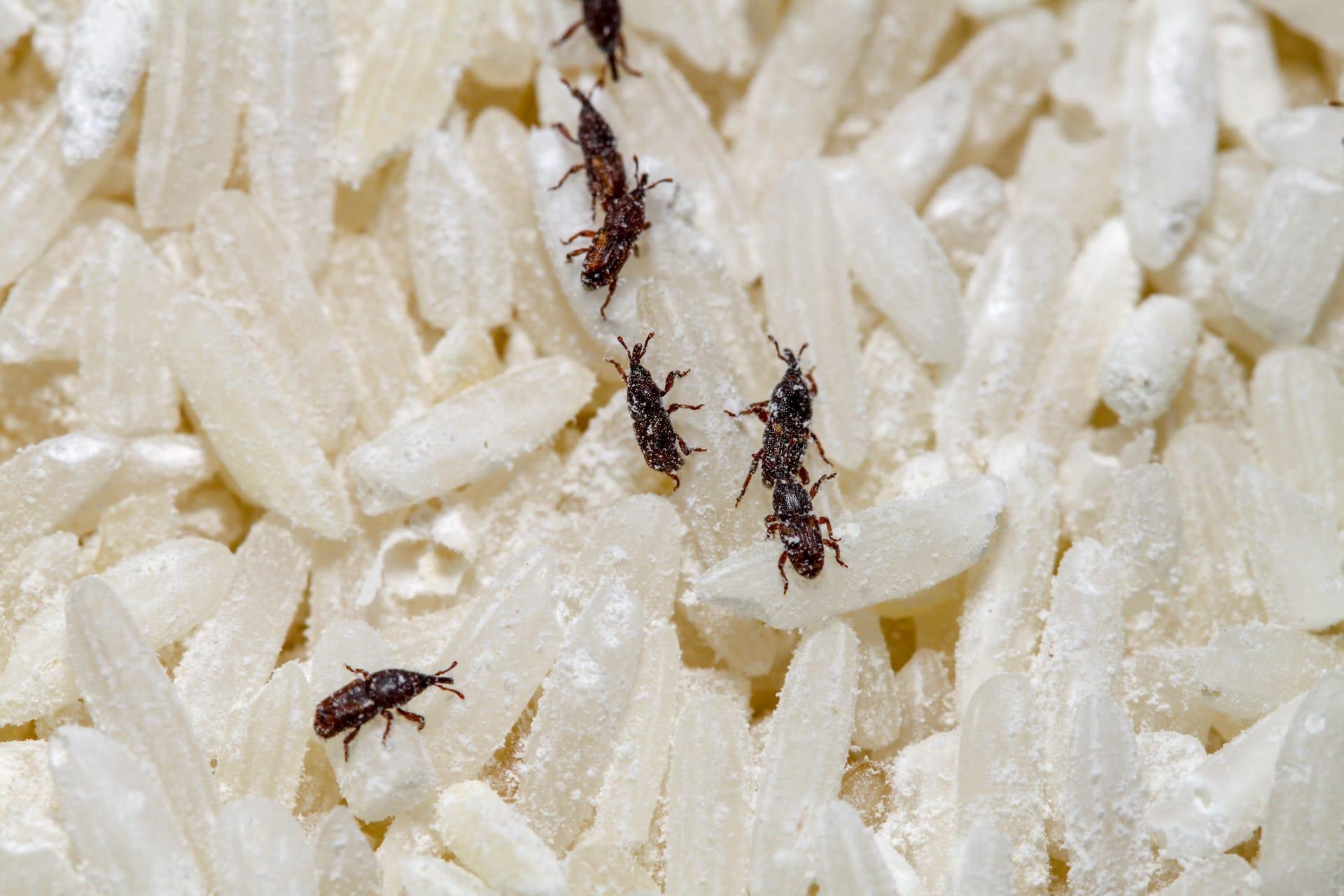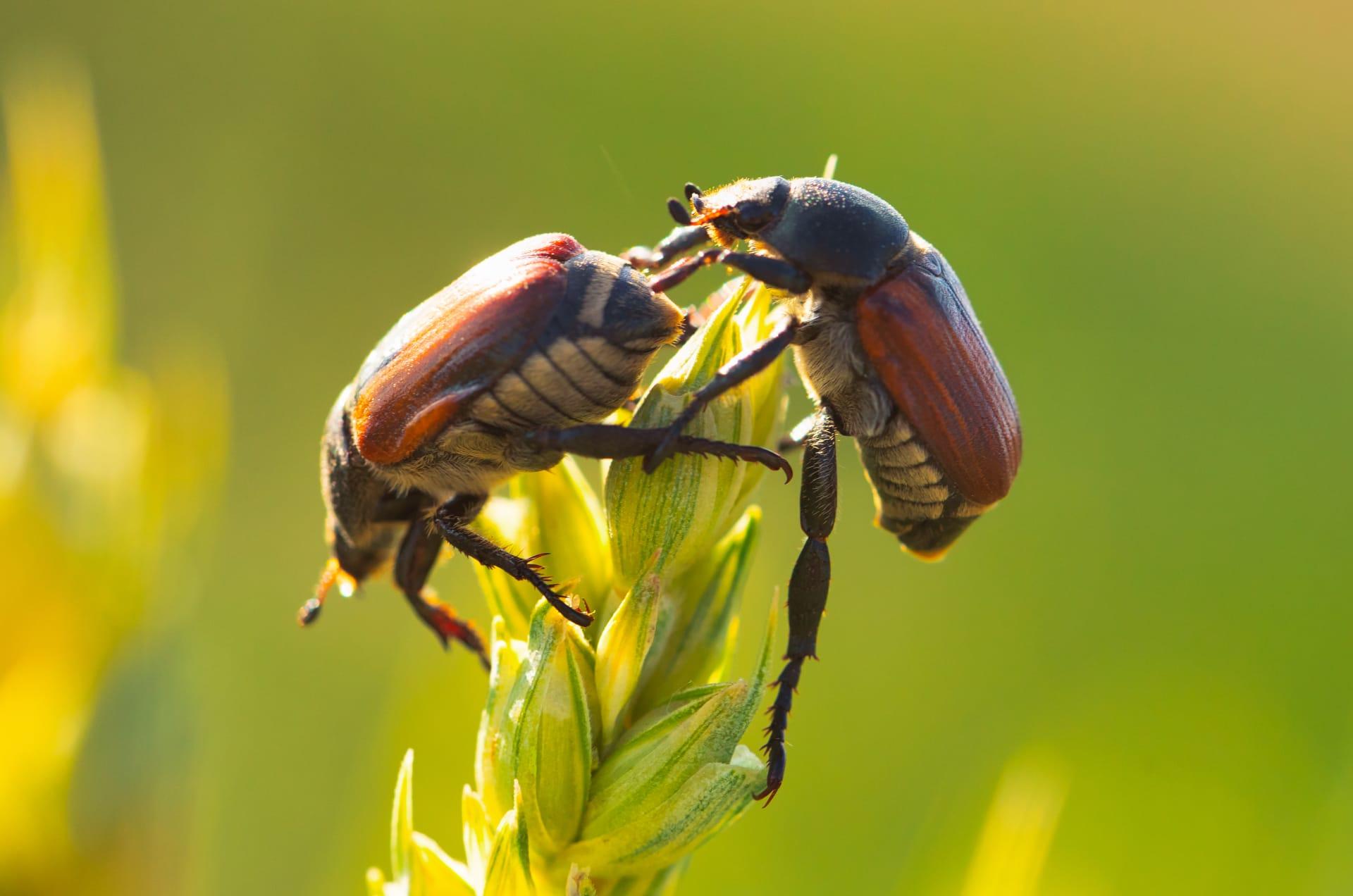Rice Weevil
- Home /
- Mini Encyclopedia /
- Animal /
- Rice Weevil
1
The Rice Weevil, scientifically known as Sitophilus oryzae, belongs to the family Curculionidae, a group renowned for their distinctive snout-like projections on the head. This species, characterized by its reddish-brown to black body and four light-colored spots on the elytra, measures about 2 to 3 millimeters in length. The Rice Weevil's anatomy is fascinating, particularly its elongated snout, which it uses adeptly for feeding and oviposition.
Rice Weevils are cosmopolitan pests, found globally in regions where their primary food sources, like stored grains, are abundant. Originally native to regions of India, they have now spread to almost all parts of the world, including Asia, Africa, North America, and Europe. Their distribution is closely tied to human agricultural practices, primarily the storage and transport of grains. They thrive in warm and humid environments, often infiltrating granaries, rice mills, and households, causing significant damage to stored grain products.

2
Question: Are Rice Weevils harmful to human health directly through bites or stings?
Answer: Contrary to a common misconception, Rice Weevils do not bite or sting humans. Their primary concern is the damage they inflict on stored grains. They bore into grains, consuming and breeding inside, which can result in significant losses in storage. However, the presence of weevils in food is more of a quality issue rather than a direct health hazard. Ingesting grains infested with Rice Weevils is generally not harmful to human health, but it can compromise the nutritional value and quality of the food.

3
The Rice Weevil employs unique survival strategies to thrive in various environments. One key tactic is their ability to play dead, a behavior known as thanatosis, when threatened, making them less noticeable to predators. Their life cycle also plays a critical role in their survival. A female Rice Weevil can lay up to 400 eggs in her lifetime, depositing them inside individual grain kernels, which provides a safe and nutritious environment for the larvae.
Furthermore, Rice Weevils are highly adaptable to different climatic conditions, which aids their global distribution. They can survive in a range of temperatures, although they prefer warm and moist conditions, which accelerate their breeding cycle. This adaptability to various storage environments, along with their prolific breeding, makes them formidable pests in agricultural and storage settings.

4
In the ecosystem, Rice Weevils play a dual role. They act as decomposers, feeding on and breaking down stored grains, which can be seen as a form of natural recycling. However, in the context of human agriculture, they are considered pests, causing significant economic losses. They can infest and damage a wide variety of stored crops, particularly rice, wheat, and maize, leading to reduced grain quality and quantity.
Moreover, the presence of Rice Weevils often triggers the use of pesticides in storage facilities, which has broader ecological implications. These chemicals can affect non-target species and contribute to environmental pollution. Understanding the role of Rice Weevils in the ecosystem is essential for developing more sustainable pest management strategies that minimize their impact on agriculture and the environment.

5
Film: "Insect Invaders: The Rice Weevil Story" is a documentary produced in the United States in 2018. This film delves into the biology, behavior, and global impact of the Rice Weevil. It illustrates the challenges and methods of controlling these pests in grain storage facilities worldwide, emphasizing the balance between effective pest management and environmental considerations.
Book: "Grain Pests: A Comprehensive Guide," published in the United Kingdom in 2015 by author Dr. Emily Ford, provides an extensive overview of various grain pests, including the Rice Weevil. It covers their biology, behavior, and the latest management techniques. This book is particularly useful for professionals in agriculture and pest management.
Book: "Insects of Stored Products," released in Australia in 2020 by entomologist Michael Renton, offers a detailed examination of insects that affect stored products, with a significant focus on the Rice Weevil. Renton provides insights into the ecological aspects of these pests and discusses innovative strategies for their control in storage settings. This book is a valuable resource for researchers and practitioners in the field of agricultural entomology.